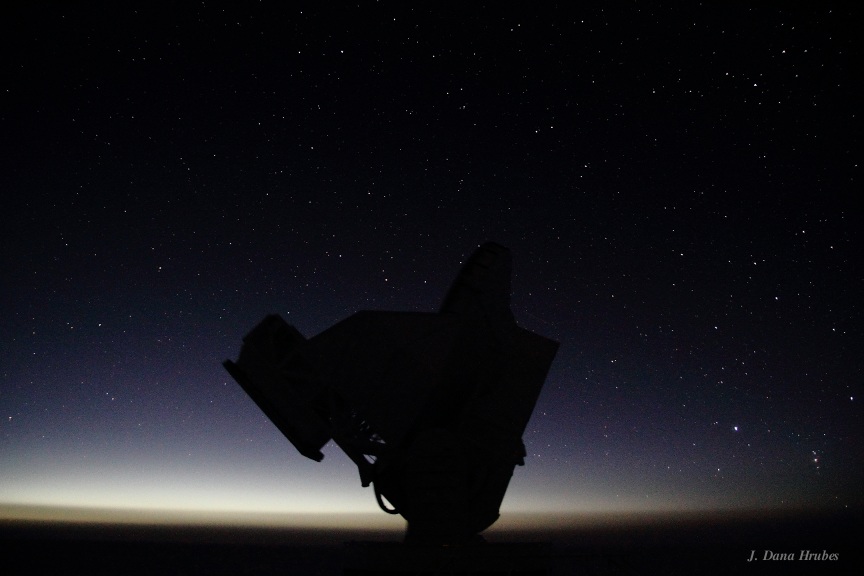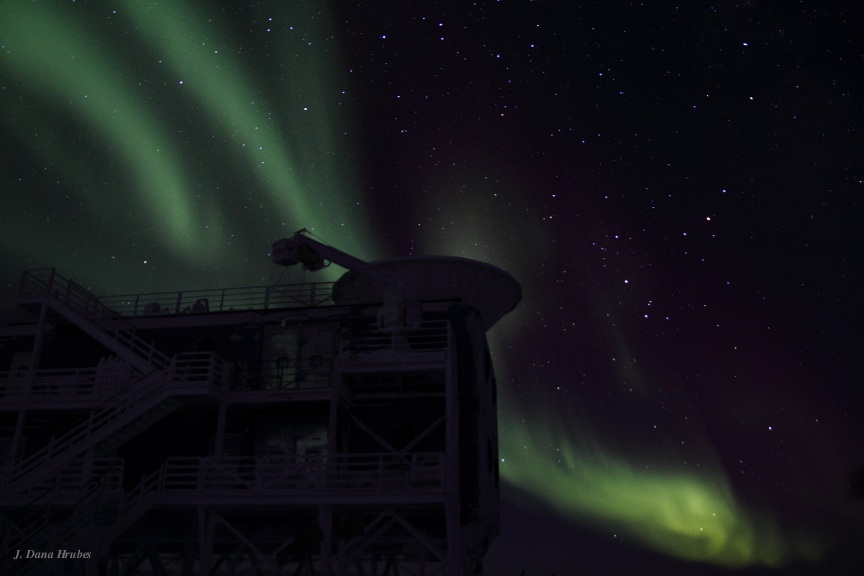April, 2011....J.
Dana Hrubes...updated April 30, 2011, 1700 GMT
(CLICK ON UNDERLINED
LINKS FOR
PHOTOS....CLICK
"BACK" ON YOUR BROWSER TO RETURN TO THIS PAGE)

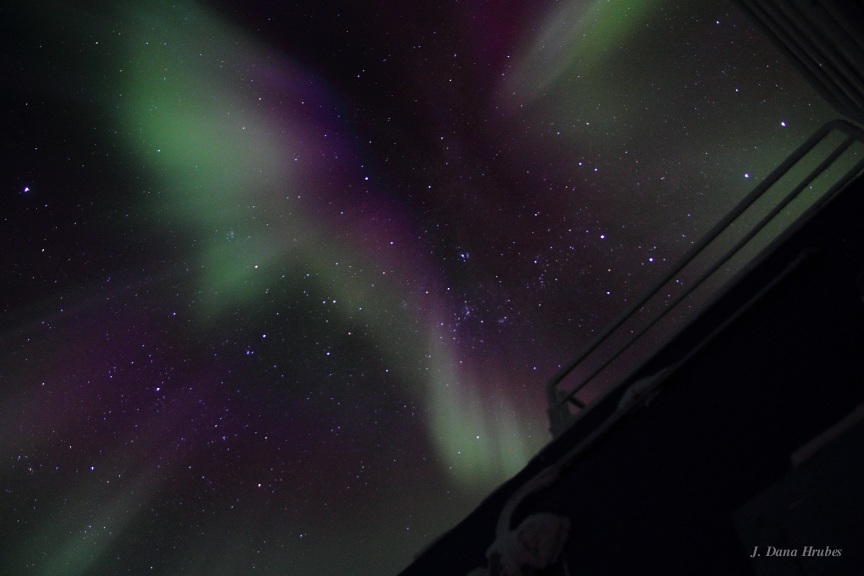
A crimson and green coronal display of Aurora Australis "raining down" directly over the South Pole Telescope (SPT)
April
is the month when the beautiful night skies first explode into colorful
Aurora Australis and bright stars. We are hoping for a good
aurora season since the sun's activity is rising out of an extended solar minimum
this year and is becoming more active once again. another crimson and green corona display
Here are some photos of the dark sector lab, where the South Pole
Telescope is located, and the emerging stars and a satellite or two
reflecting the sun which is about 18 degrees below the
horizon. dsl-stars-moonlight dsl-stars-moonlight-aurora
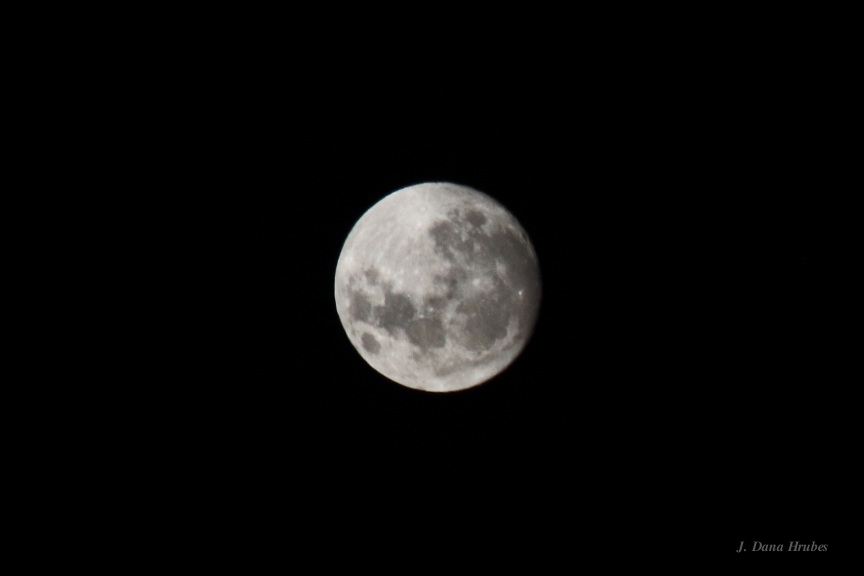 The first moon rise after sunset is a full moon.
The first moon rise after sunset is a full moon.
The moon is up for two
weeks and then down for two weeks at the geographic poles
One day we had some nice aurora with lower altitude red emission.
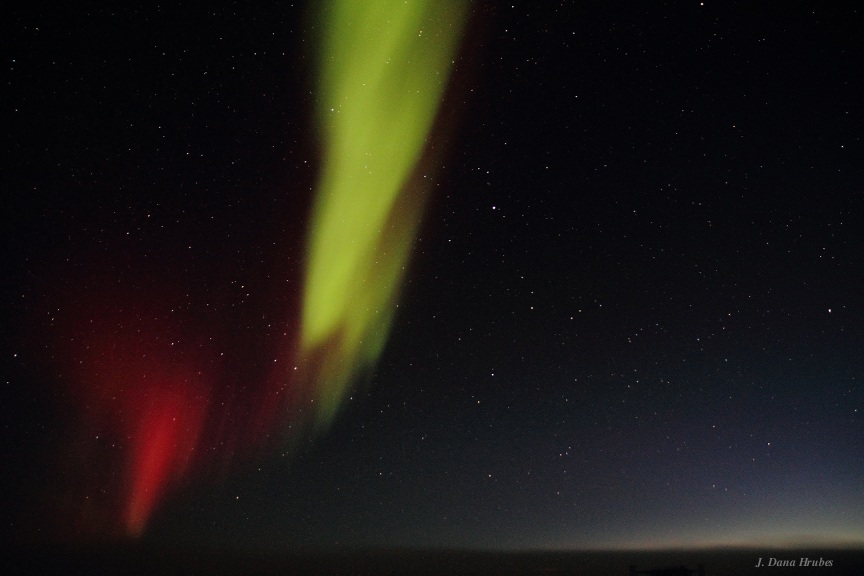 Auroral emission from excited oxygen atoms creates green light greater than about 60 miles altitude
Auroral emission from excited oxygen atoms creates green light greater than about 60 miles altitude
Between about 50 and 60 miles altitude red light is emitted from electrons of excited nitrogen atoms
More red aurora photos: red aurora 1 red aurora 2 mostly green aurora during astronomical twilight
South Pole Telescope backlit by the faint glow near the end of astronomical twilight (sun is 12 to 18 degrees below the horizon)
Another photo of SPT and aurora Australis: SPT and aurora
At the beginning of the month there was still some
orange glow near the end of civil twilight SPT and civil twilight
The
Dark Sector Laboratory, where I work on the South Pole Telescope (SPT),
and the BICEP-2 telescope back lit by Aurora Australis
an aurora back-lighting SPT and the Dark Sector Laboratory
The South Pole Telescope has been operating well this past month as we
are conducting wide area galaxy cluster surveys using the
Sunyaev-Zeldovich effect. Numerous technical papers have been published
by the SPT team over the past couple of years on the discovery of massive galaxy
clusters and the impact they have on the understanding of dark energy
as well as on the discovery of other point sources such as dusty
star-forming galaxies and refinements of the cosmic microwave
background (CMB) power spectrum data at small angular scales. (click on
technical paper link below)
Next month - May: Beautiful Night Skies!
Recent
South Pole Telescope Technical Papers
A Real-Time Photo of South Pole Station as Seen
from the ARO
Building (live when satellite is up)
A
Comprehensive
South Pole Web Site by Bill Spindler
Winterover
Web
Pages
(Bill Spindler's List)
BACK
TO MY SOUTH POLE 2011 PAGE
BACK TO MY BI-POLAR HOME PAGE





